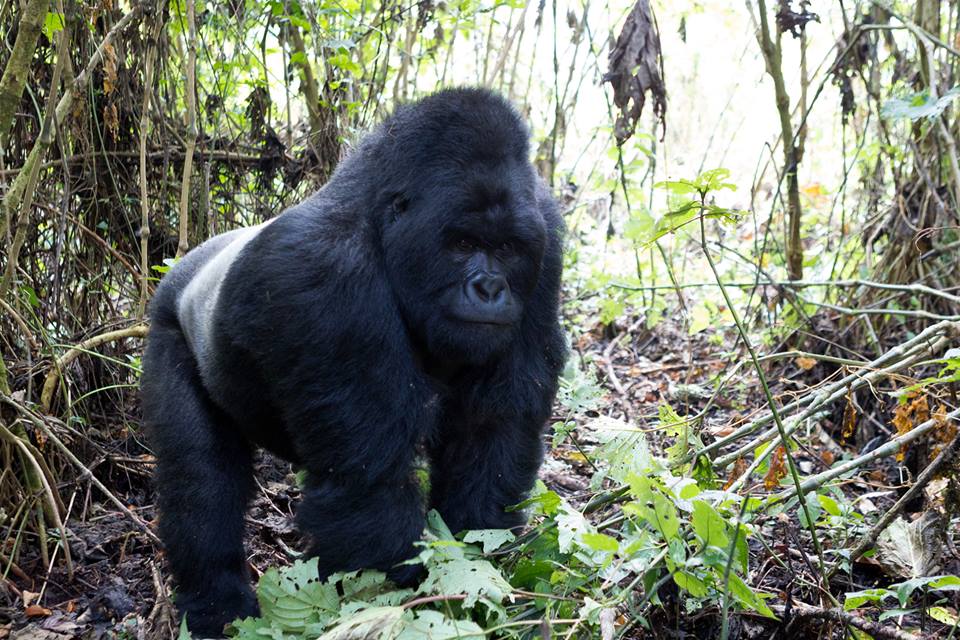UNESCO is aggressively advocating for its preservation because it is outstanding in many ways and yes, it is worth travelling over thousand miles to watch. Abatimbo is its name, a traditional drumming and dancing musical culture that the people of Burundi Kingdom used to grove in exaltation of their kings.
It was exclusively for members of the royal family. However when the kingdom was abolished 1966 by Prime Minister, Michel Micombero, it moved out of the palace into the public domain. Many were amazed by it. Overtime, this masculine dance has to spread out of like a virus and infected countless music lovers with its energetic perfomance.As you read this, it is trending among the most sought after dances in Africa.
How it unfolds
In most cultural dances across the continent, instruments are used to back up vocals but in this case, the reverse is true. Singing backs up drumming.
It starts and ends on a high note, with a queue of about 10 performers’ clad in green, red and white robes—kicking their way into the dance arena–while balancing long drums on their heads and thrashing it aloud. The name of their drums is Karyenda. As their right hand concentrates on hammering its head, the left focuses on its sides in a tap-tap rhythm. The perfomance is soon fired up with jubilant yells. The result of this drama is a thunderous mix that captures the crowd’s attention, triggering a deep desire to see the full drama as it unfolds. The dancers then form an arc facing the crowd and start to lower down their drums one at a time. In a bit, the leader of the troupe gently steps into the center of the arc with a similar drum painted in the colours of the Burundi flag.
In turns, the dancers come into the arena to showcase how a spirited Burundi warrior fights at a battle front. One could summer-assault or run around the drum while ringing his neck with the drumstick to demonstrate how he would behead an enemy. The other could spring off the ground while hurling his hands in the air to demonstrate his ability to fire at the enemy with might. This goes on for about six minutes with each dancer showcasing a move that leaves the crowd screaming in excitement. Whenever he is through with his part, he steps back and joins the other drummers who by this time are uniformly shoving their feet left and right.
As the last dancer sums his stunt, the drumming heats up this time round with much of the concentration being on top of the drum. In a bit,things takes a new twist and as the drumming takes a faster pace that is more dance-able. Moved by the performance, many in the crowd step up to the challenge and start to groove along as the dancers.
Its energy demand
The energy which the dance is done is unbelievable. This explains why the drum is only made of tough skins and trunks of hard trees. It is an energy consuming dance, and that’s why it is mostly performed by well-built men. By the time they finish, their clothes are usually socked with sweat.
Unique point
One impressive thing I like about this dance is how it has been preserved from generation to generation with minimal incorporation of external influences. The only thing that has changed about it is the costume. In the past, dancers mostly used to wear cow skin as it typical of most cattle keeping tribes. However, they now adorn robs across their chests and clip at their shoulders. The one thing that the new and the old costume shares in common is that they are light and thus allow easy movement of the dancers.
One of the places in East Africa that exhibits this dance every Wednesday, Friday and Sunday is Ndere center, an outdoor music theatre in Kampala, Uganda.






